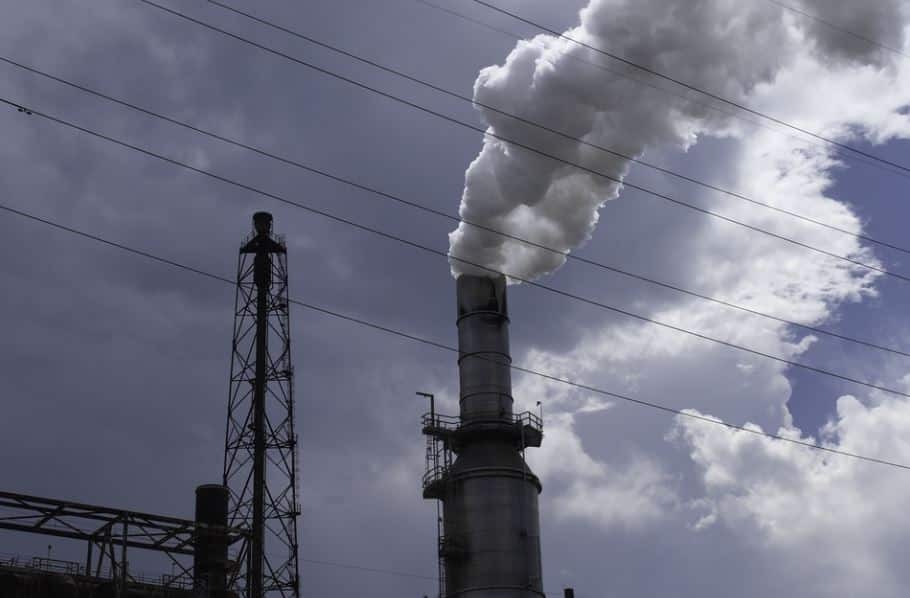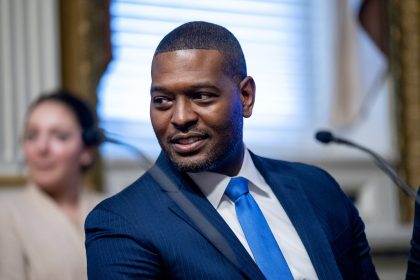GAO Requests Federal Action on Oil and Gas Methane Emissions

WASHINGTON — The Government Accountability Office is calling for parity on federal methane emission requirements for oil and gas companies.
The GAO issued recommendations on Friday for the Environmental Protection Agency and the Bureau of Land Management to cut down on methane emissions from oil and gas drilling on federal land and requested the agencies amend requirements for developers.
Oil and gas companies produced about 3.3 trillion cubic feet of natural gas on federal leases in fiscal year 2020, 80% of which was methane, according to the Department of the Interior. Although the EPA and the BLM have issued regulations aimed at reducing methane emissions from oil and gas development in the past, the agencies ran into administrative and legal challenges in implementing them.
For instance, the EPA’s 2016 standards for methane emissions were repealed under the Trump administration in 2020. Despite a June 2021 congressional resolution reinstating those source performance methane standards, the GAO conducted a study and issued Friday’s report to make improved recommendations for proposed rulemaking in the future.
While some states have regulations to reduce methane emissions from oil and gas development that go beyond the BLM’s federal requirements, the bureau does not currently require operators on federal lands to submit plans for capturing gas. Further, the GAO said federal regulations had impeded companies from adopting alternative technologies, such as aircraft and ground-based sensors, to better detect methane emissions from oil and gas development.
Under the Clean Air Act, Congress established a process for oil and gas developers to submit applications to the EPA requesting approval of alternative technologies that will achieve at least equivalent reductions in emissions. Even though the conditions for allowing these alternative technologies to receive EPA approval are clearly outlined, its stringent requirement that the associated levels of emissions reduction be equal to or better than the mandated technologies has been hard for companies to comply with.
“Representatives from several industry entities and stakeholders we spoke with said that they experienced challenges in meeting EPA’s requirements for [alternative means of emission limitation] approval for an alternative methane detection technology,” GAO officials wrote in the report.
“For example, according to representatives from one industry entity, collecting field data and modeling analyses at each site to demonstrate that an alternative technology is as effective as, or better than, what EPA requires is time and resource-intensive. The representatives said that EPA should allow approved AMELs to apply more broadly to multiple sites, such as for all wells in an oil and gas basin.”
Public comments gathered during the EPA’s rulemaking process echoed the sentiment that the requirements to approve alternative technologies on a “site-specific basis” were burdensome and would restrain innovation in new technology, according to the GAO report. Representatives from five industry entities and three stakeholders the GAO consulted in the report underscored their desire for the regulations to permit flexibility in the types of technologies for monitoring and detecting methane emissions.
Consequently, the GAO recommends that the EPA revise its alternative means of emission limitation requirements to provide greater flexibility for operators to detect and monitor methane emissions. Additionally, the office called on BLM Director Tracy Stone-Manning to consider requiring oil and gas companies to produce gas capture plans, including gas capture percentage targets, that match up with state requirements.
Both agencies concurred with the report’s recommendations, which are still considered to be open until GAO officials review the changes made in response. Sen. Angus King, I-Maine, issued a statement on Friday calling on Congress and the Biden administration to quickly tailor new requirements for expanded use of methane-reducing technologies.
“Methane emissions are one of the greatest threats to our climate and our public health, trapping more than 80 times as much atmospheric heat as carbon dioxide,” King said in a written statement. “Today’s GAO report shows that more needs to be done to confront the danger of methane, and reinforces that we must take urgent, significant action to address the crisis. Congress needs to step up our efforts to address these harmful emissions, and the administration must do more.”
Reece can be reached at [email protected] and @ReeceNations
























